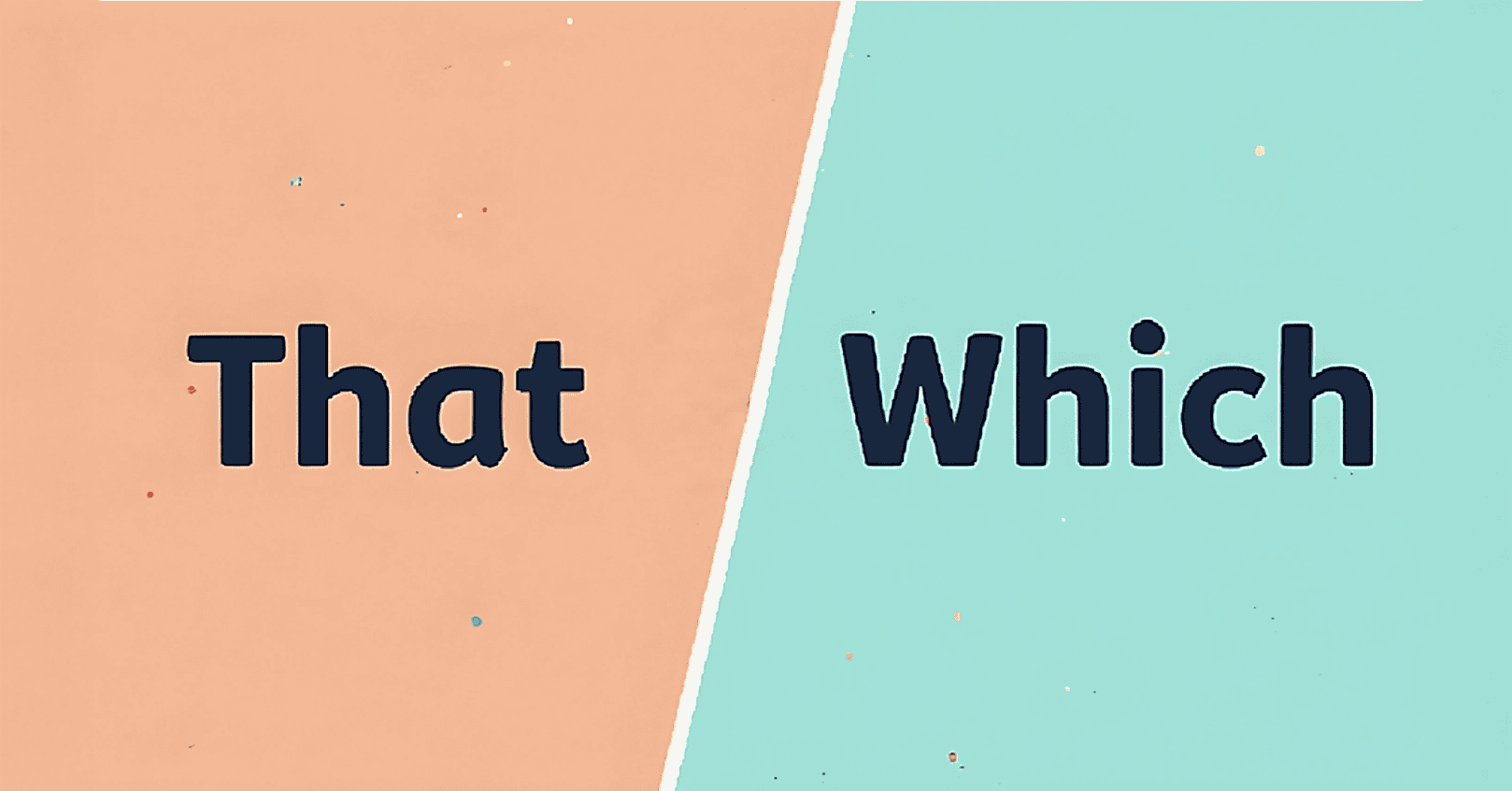
Few grammar choices spark as much quiet debate among editors as that versus which. These two words both introduce clauses, but they’re not interchangeable. Using the right one makes your sentences precise—and keeps you in good standing with grammar purists everywhere.
The Quick Answer
- That introduces a restrictive clause—information essential to the meaning of the sentence.
- Which introduces a nonrestrictive clause—extra information that could be removed without changing the core meaning.
Examples in Action
- That (restrictive = essential):
- “The book that she recommended changed my life.” (Specifies which book—essential information.)
- “The coffee that I ordered is still too hot to drink.” (Specifies which coffee—not just any coffee.)
- “The password that you create must be at least 8 characters.” (Specifies which password matters.)
- Which (nonrestrictive = extra):
- “The book, which she recommended, changed my life.” (Adds extra information—you already know which book.)
- “My laptop, which I bought last year, finally died.” (Adds context—you already know which laptop.)
- “The meeting, which lasted three hours, was mostly pointless.” (Extra detail about the meeting.)
- “Her newest novel, which took five years to write, debuts next month.” (Bonus information about the novel.)
- Bonus—Side-by-side comparison:
- “The car that has the dent is mine.” (Essential—tells you which car is mine.)
- “My car, which has a dent, is parked outside.” (Extra—you already know it’s my car; the dent is just additional info.)
A Handy Trick to Remember
If the clause is essential to understanding which person or thing you mean, use that—and don’t use commas.
If the clause is extra information, use which—and set it off with commas.
You can also test it this way:
- If removing the phrase changes the sentence’s meaning → use that.
- If removing it just removes extra detail → use which.
Why It Matters for Writers
Readers often gloss over the difference, but editors notice instantly. Using that and which correctly tightens your prose and clarifies meaning—two hallmarks of professional writing. It’s a small detail, but precision builds trust with your reader.
✅ Takeaway:
- That = essential information (no commas).
- Which = extra information (with commas).
Think of it this way: That points out what you mean. Which just adds commentary. And if you can remember that, your editor—who is always watching—will quietly thank you.

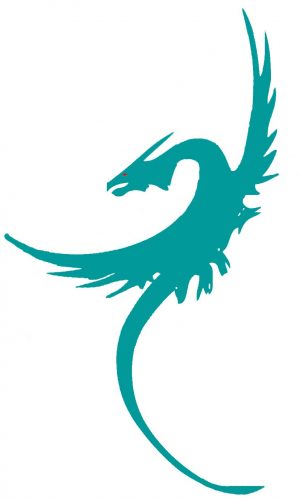
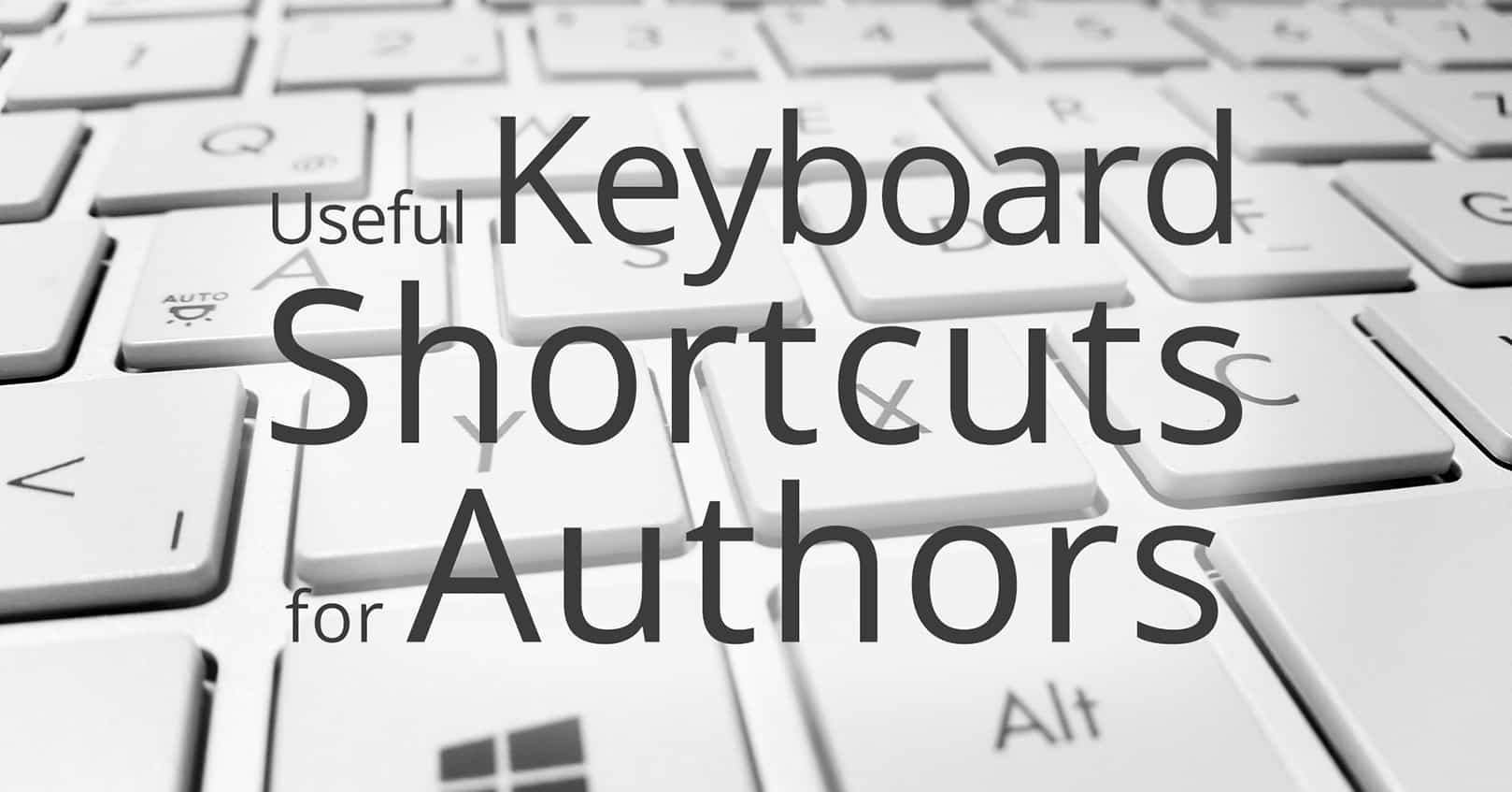
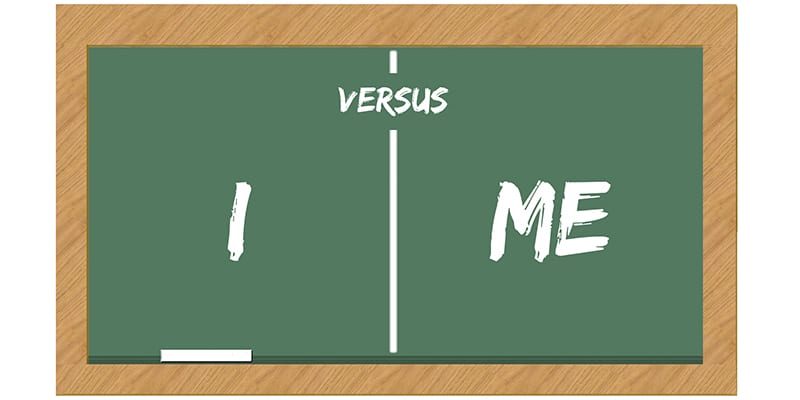
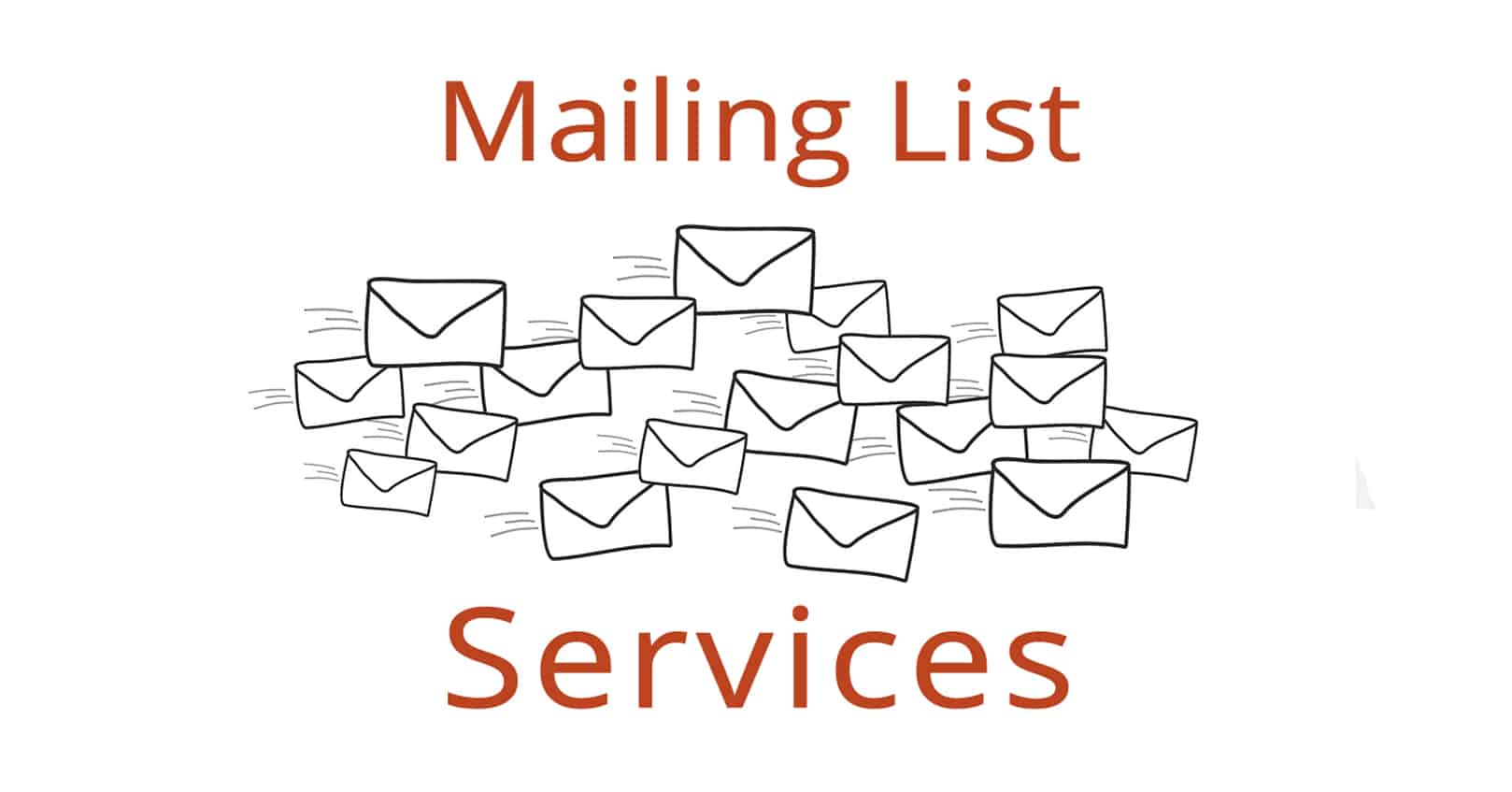
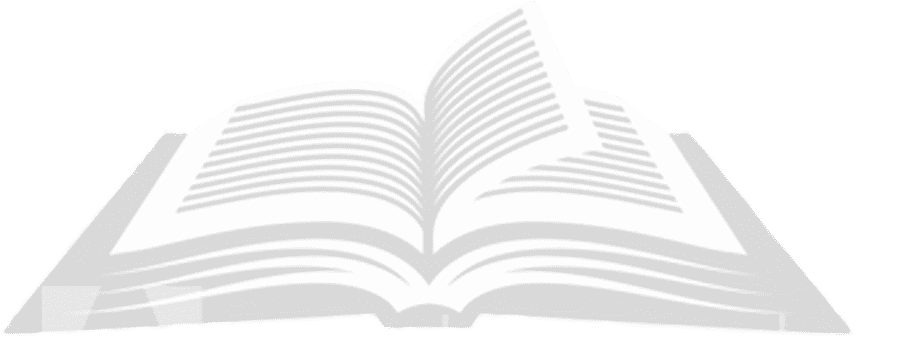



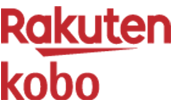
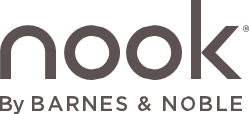


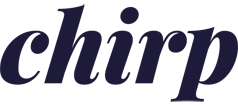

Comments